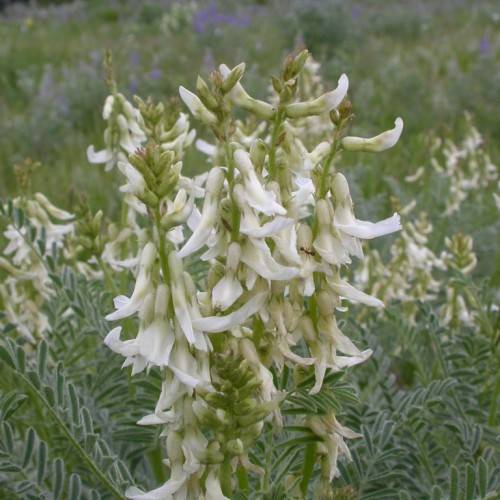
Lepage's Milk-Vetch
Astragalus australis var. lepagei
Watering:
Average
Hardiness Zone:
Sun:
Sun
Soil:
Sand
Leaf:
Yes
Growth Rate:
Low
Drought Tolerant:
Yes
Salt Tolerant:
Yes
watering
Alpine Milk Vetch should be watered on a regular basis, as it is prone to drought. The best time to water is in the morning directly after sunrise, when temperatures are at their coolest. Water should be provided in generous amounts, until moisture is visible at the surface of the soil. The soil should be kept moist but not soggy, as root rot is a potential concern. Depending on the weather, the Alpine Milk Vetch may need to be watered every day or every other day.
sunlight
Alpine Milk Vetch prefers to receive between 6 and 8 hours of direct sunlight per day. This plant species will thrive when given some shade during the afternoon heat, and is also tolerant of partial shade. It is most easily grown in USDA Hardiness Zones 3 to 7. In general, midday sun is recommended for this plant species, but it can thrive in different environments.
pruning
Alpine Milk Vetch should be pruned in early spring, just before new growth begins. Prune it either lightly or hard, depending on the effect you would like to achieve. Light pruning will keep the plant more compact, while hard pruning will invigorate the plant and encourage it to produce more and bigger flowers. Cut each stem back to about 2 or 3 inches. To make the plant look neater, remove any dead or broken stems, and also any that are crossing each other.
